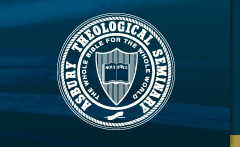Files
Download Full Text (136 KB)
Summary
Hearts, Brains, and Growing Pains. (Read by February 15) Reflection Questions: Consult “Project 1.” Fashion Me a People: Curriculum in the Church by Maria Harris. (Read by February 22) Reflection Questions: What do you see as the most significant insights from Harris? How does Harris define education? How would you explain her concepts to your lay volunteer teachers? How does Harris define curriculum? What challenges will we face in our effort to shape the whole life of the church as the curriculum? What will we gain if we succeed? Goal Analysis by Robert Mager. (Read by February 27) Processing: Using Mager's instructions, prepare and bring to class objectives for a sample session. “The Taxonomy of Educational Objectives—Its Use in Curriculum Building,” David R. Krathwol, in Curriculum: An Introduction to the Field, Second Edition, James R. Gress, ed., pp. 259-275. (Read by March 1) “Educational Objectives: Help or Hindrance,” Elliot W. Eisner, in Curriculum: An Introduction to the Field, First Edition, James R. Gress, ed., pp. 358-366. (Read by March 1) The 4 MAT System by Bernice McCarthy. (Read by March 8) Or, if you have already read McCarthy, read Learning Styles by Marlene D. LeFever. Reflection Questions: What kind of learner are you? Which learning styles are served best by the kind of teaching usually experienced by the learners for whom you are designing your curriculum materials?
Publication Date
January 2001
Publisher
Asbury Theological Seminary
Keywords
Kentucky, spring, Education, CE642
Language
English

